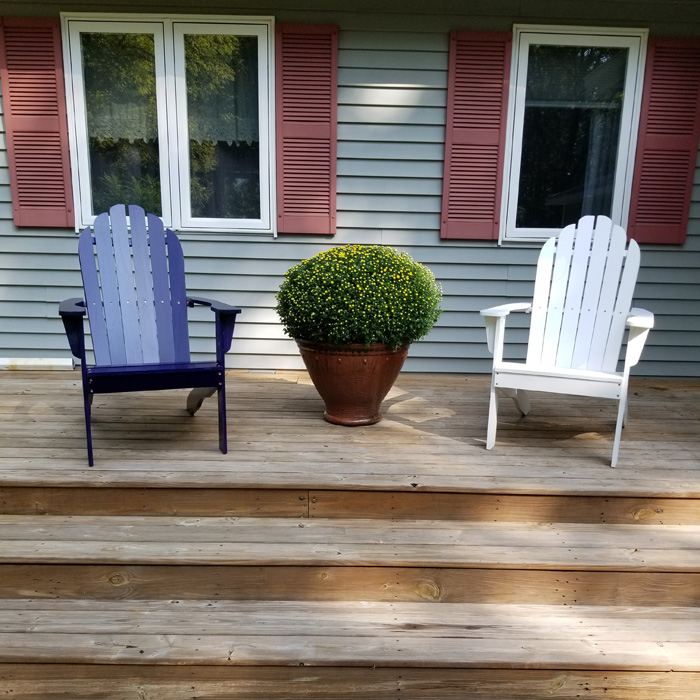At some point in the future, should Consumers not relicense, Lake Allegan residents can potentially exercise two vastly different legal options for maintaining the artificially impounded lake water level.
One legal option is a real estate deed, based on an original document signed by the City of Allegan and Consumers Power Company to keep the lake water designated at a specified level.
A second legal option known as Part 307 is a state statute that specifies two thirds of the lake’s adjacent residents can petition their county government to request a court hearing to preserve a privately owned artificial impoundment of water from being drained. Presenting a civil engineering report that supports an established water level before a judge in the presence of all residents within the boundaries of a special assessment district would be a requirement. Residents and the county would have to agree prior to the court hearing to create a long-term financial commitment to ensure the lake water can be preserved and paid for by also agreeing to operate, maintain and have insurance on a control structure that maintains the lake level at the legally established water level agreed upon by a judge. That structure of course, would be Calkins Bridge Dam and the cost of implementing the 307 process was estimated between $100,000-$150,000.
The Part 307 process allows for the creation of a court ordered legally established lake level. Utilizing the deed as an option to preserve the lake water level would not create a court ordered legally established lake level. Using the deed as an option to preserve the lake water level would only maintain the lake water at the specified level stipulated within the deed and that water level height stipulation would only be enforceable if a judge were to decide that the City of Allegan had a right to command Consumers Energy not to decommission Calkins Dam. Considering todays renewable energy standards now enshrined into Michigan law, the merits of this legal case would be extraordinarily debatable.
In the legal case of Goodrich v McMillan, it established a rule that ownership of a dam DOES NOT IMPOSE A DUTY on the dam owner to maintain the water at an artificial level created by operation of a dam. Similarly, in Drainage Board v Village of Homer a dam owner was allowed to destroy a dam (or in today’s parlance decommission a dam), over the complaints of riparian landowners that lowering the impoundment would diminish their ability to use sub-surface water for irrigation (how about sub-surface water for wells). The court in that case stated that riparian owners were continuously charged, by the very fact of the dam and its gates, with notice that the pond is artificial and that its level may be lowered or returned to a natural state at any time by the dam owner. Because of the harshness of these legal rulings Part 307 exists as the only public solution for preserving lakes that were created by the artificial impoundment of water. Not by suing Consumers, using a legal instrument such as a deed.
The primary issue with the deed document language on paper by itself, although enticing with retaining the lake water level, is currently unenforceable. Consumers would wait until legally compelled by a court order before agreeing to maintain a predetermined lake level that was originally created in a 1966 agreement and then reiterated in a 1968 deed document finalizing the sale of Calkins Dam to Consumers. The enforceability of this deed language would certainly require the City of Allegan to file a lawsuit against Consumers at their own expense or by reimbursement for that expense either by the lake residents or thru another source, which could be financially extremely expensive.
The deed as a legal instrument also includes language indicating that Consumers must comply with State of Michigan and FERC applicable laws and regulations. Although we may not be familiar now with any existing law or regulations preventing Consumers from operating Calkins Dam, Michigan has quadrupled its renewable energy standards, which will require Consumers to generate 80% of their electricity from clean energy sources by 2035. The current clean energy sources, such as wind and solar are significantly less expensive to produce than hydroelectric sources. Consumers attempting to charge customers with higher billing rates to cover their costs by continuing to generate higher priced hydroelectricity at Calkins Dam (and their 12 other hydroelectric facilities) is not expected to be approved by MPSC.
If state regulators do not allow Consumers to recover their costs thru approved rate hikes paid for by their customers, how would Consumers continue to operate their hydroelectric facilities while still meeting federally required environmental and safety standards? Even if Consumers were to potentially obtain funding through the State and/or the Federal government, is that the type of funding that will be available over the long term to financially sustain a 40-year FERC license renewal?
The cost nowadays to “generate hydroelectric power outpaces the return on investment by more than $100M annually” according to Norman Kapala, VP of generation for Consumers Energy. Would a judge deciding to enforce this deed require a utility company to bill rate payers for a service that constitutes only 1% of its electric portfolio at this high of a loss? It would be an expensive and risky venture on the part of the City of Allegan to find out without a guarantee that the deed is enforceable plus a second required court hearing if deed enforcement were successful, to then establish an official lake level based on a civil engineering study using Part 307. Either way, if the deed were to be enforceable based on a judge’s decision, Part 307 is the only legal vehicle for establishing a lake level so why would this lake community even spend the money to sue Consumers to begin with?
Asking the City of Allegan to sue Consumers on behalf of the Lake Allegan community would also come with a significant loss of goodwill on all sides and that alone would be a potent reason not to utilize the deed to retain the lake water by suing the lake communities’ biggest potential ally. Using Part 307 is the answer with retaining the lakes’ water level.

